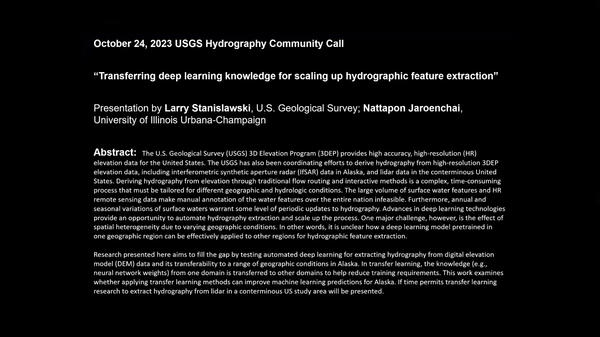Larry received his B.S. in Forest Resources and Conservation and his M.S. in Forest Remote Sensing from the University of Florida. He continued studying in the Surveying and Mapping Program at the University of Florida and performed research on GIS data accuracy and on high precision surveying with Global Position Systems (GPS).
Prior to his work with the U.S. Geological Survey, Larry worked in various geoscience research and consultant positions, and as a GIS developer with the Army Corps of Engineers in Jacksonville, Florida.
In 1998, he began as a GIS Developer with National Geospatial Technical Operations Center leading development of automated systems to build the high-resolution National Hydrography Dataset (NHD) with conflation of medium resolution NHD data. During this time, he also designed and taught a Geomatics course at Missouri University of Science and Technology.
Larry began working as a CEGIS research scientist in 2011. Larry’s research includes machine learning and high-performance computing to extract, validate, and generalize hydrography and other features using high resolution elevation and remotely sensed data, such as lidar from the 3D Elevation Program.




